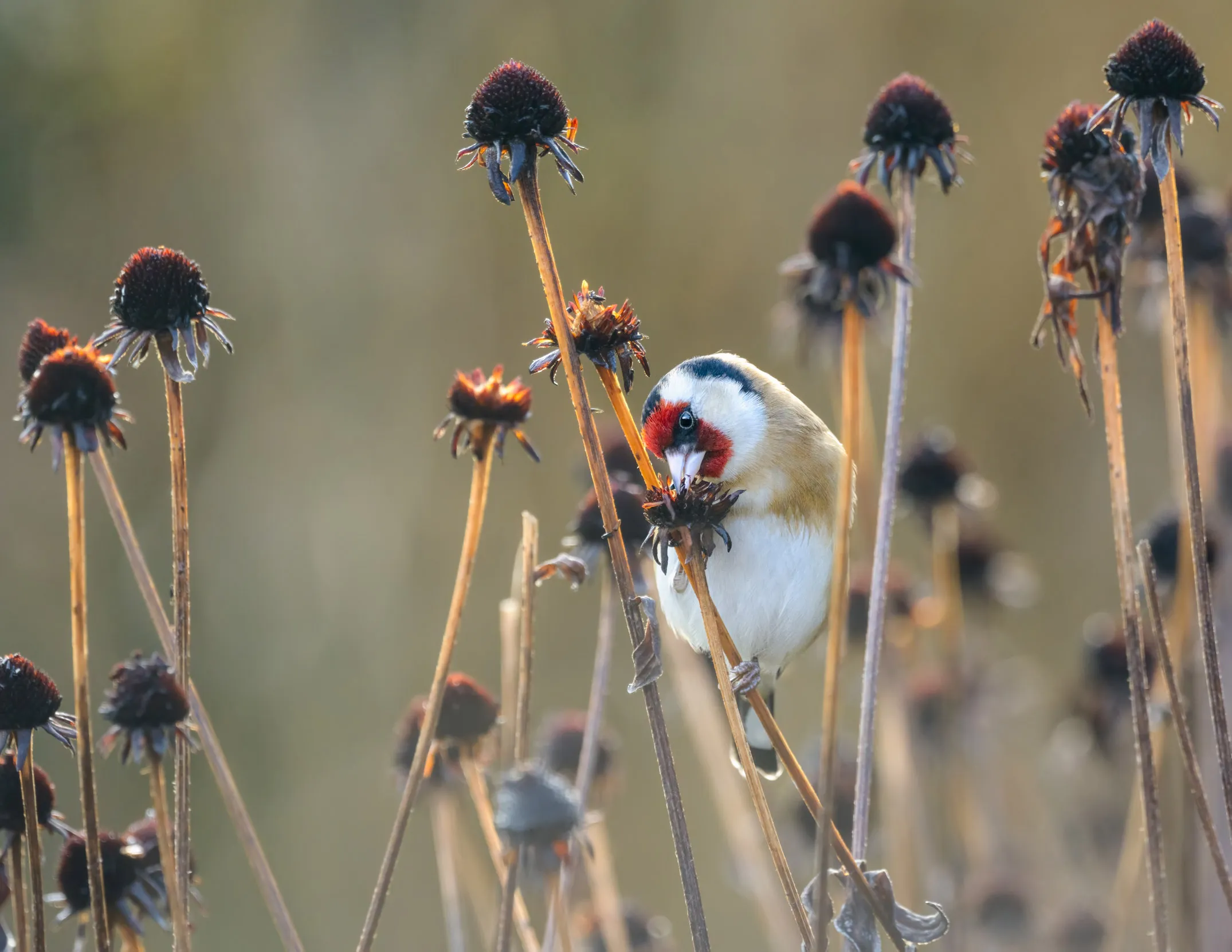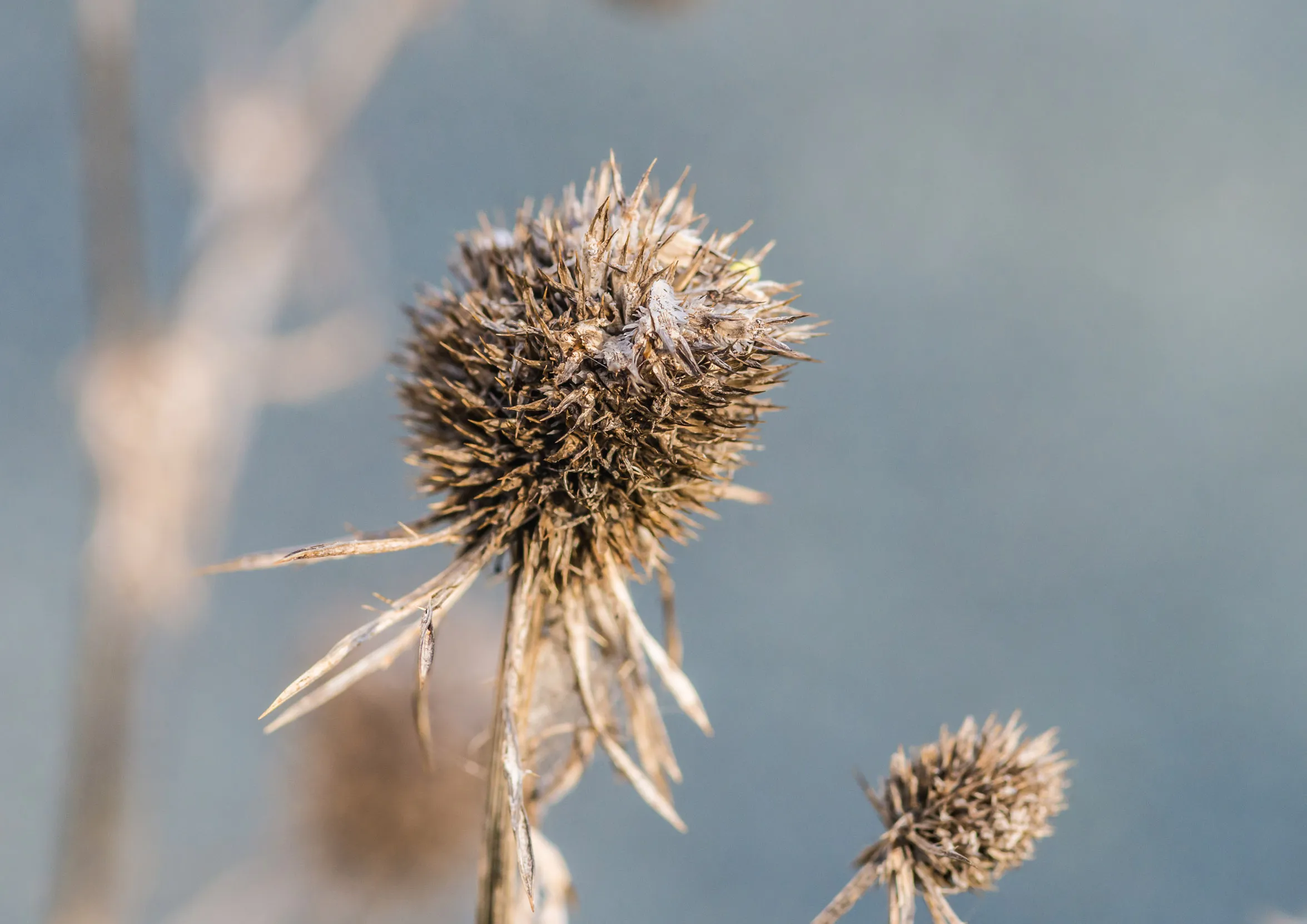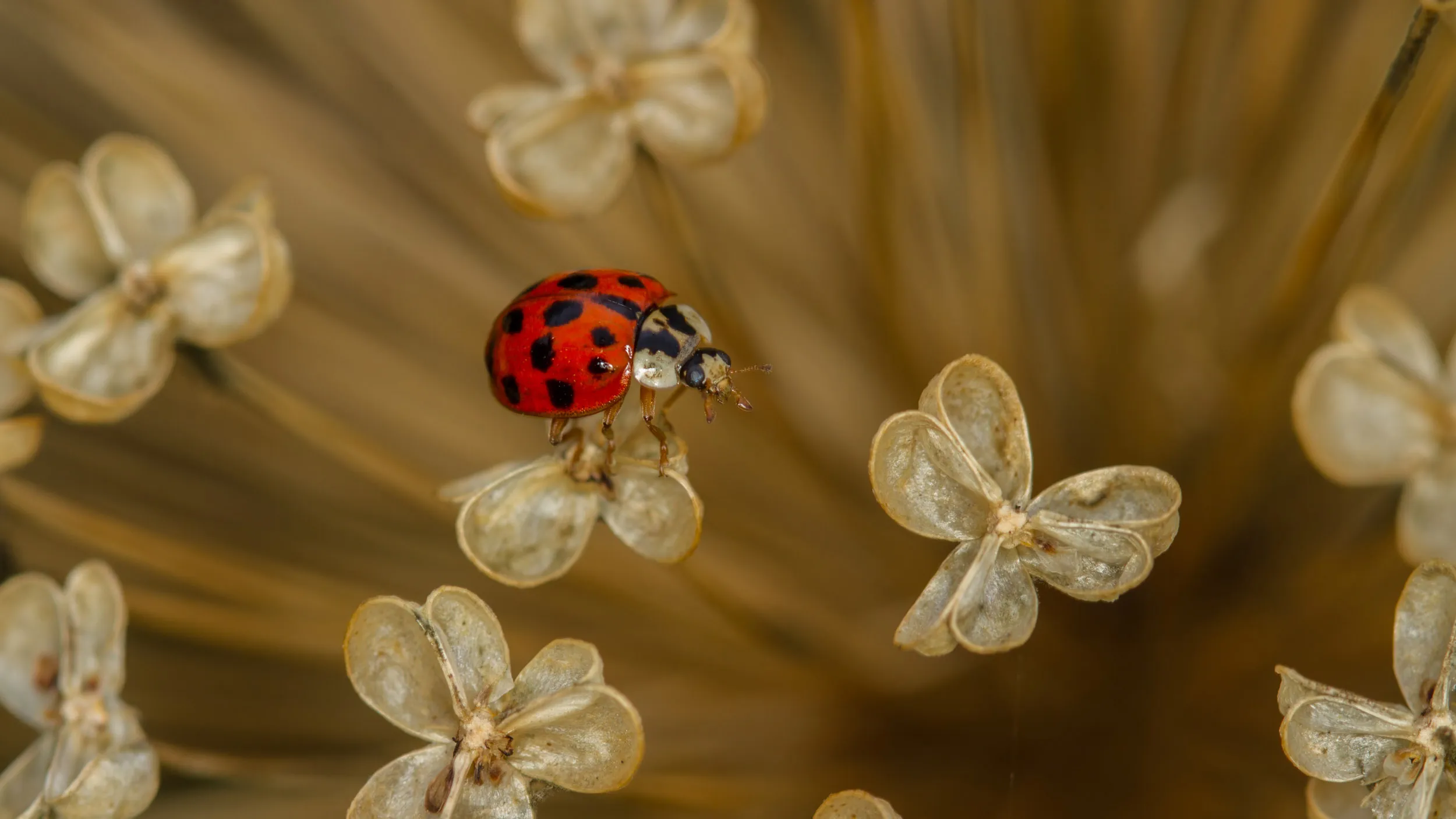Leave seedheads standing
Resisting the urge to pick up the secateurs and clear up at the end of summer will allow nature to have its encore.

Plants really are the gift that keeps on giving. After their flowers have died back, seed heads often form. You might be tempted to pick up your secateurs and trim these but try to resist.
Winter seed heads provide precious food for birds and other wildlife when pickings are thin. They also look fabulous covered in frost, adding interest to a border when not much is growing. Plants’ dead stems even help protect your soil from frost damage. Feel free to collect some seeds to sow in late summer and autumn but be sure to leave plenty for garden creatures to snack on.
Instructions
Pick plants with seedheads to grow
Here are a few of our recommendations for the best wildlife-friendly plants to grow for their winter seedheads:
- Teasel (Dipsacus fullonum)
- Echinacea (Echinacea purpurea)
- Phlomis (Phlomis russeliana or Phlomis italica)
- Opium poppy (Papaver somniferum)
- SedumIceplant (Sedum spectabile)
- Sea holly (Eryngium spp.)
- Alliums (Allium spp.)
- Sneezeweed (Helenium spp.)
- Rudbeckia (Rudbeckia spp.)
- Globe thistle (Echinops spp.)
- Hyssop (Agastache spp.)
- Ornamental grasses
Once the flowers have died back and the seed heads have taken their place, let them be
The only thing you may need to do is prop up any stems that topple over.


